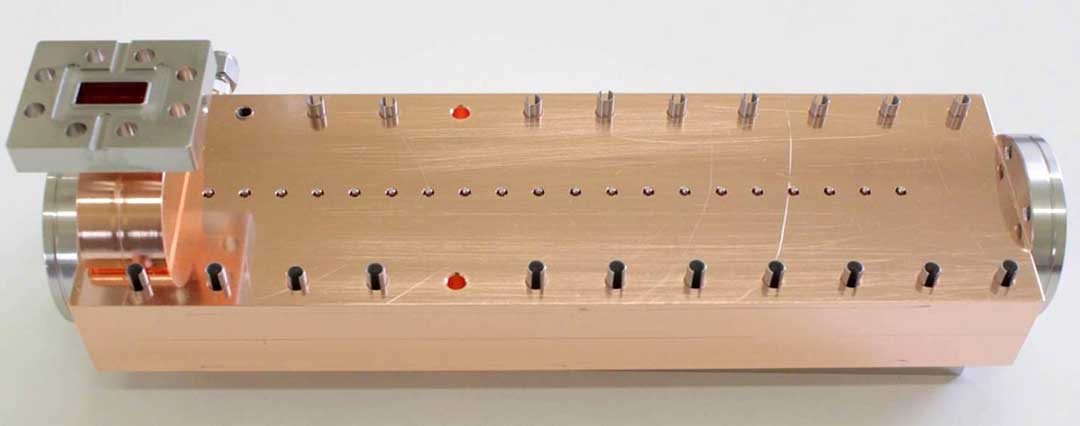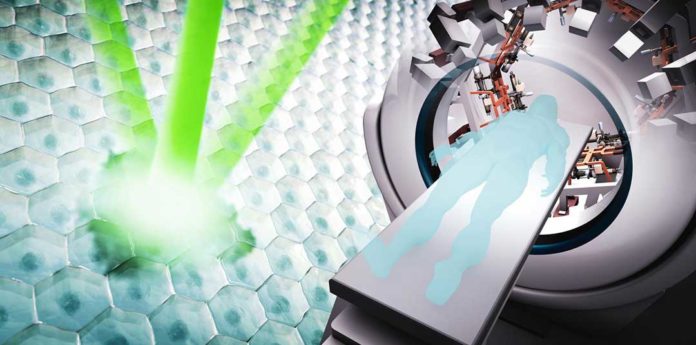Scientists at the Department of Energy’s SLAC National Accelerator Laboratory and Stanford University are developing a new accelerator-based technology that could reduce the side effects of cancer radiation therapy. The technology for high-energy physics shrinks its duration from minutes to under a second.
Scientists have received crucial funding to proceed with two projects to develop possible treatments for tumors – one using X-rays, the other using protons. The aim behind both techniques is to blast cancer cells so quickly that organs and other tissues don’t have time to move during the exposure.
According to scientists, the technology could make radiation therapy more precise.
1. Blasting cancer with X-rays:
In the venture called PHASER, scientists will develop a flash delivery system for X-rays.
Over the past few years, the PHASER team has developed and tested accelerator prototypes with special shapes and new ways of feeding radiofrequency fields into the tube. These components are already performing as predicted by simulations and pave the way for accelerator designs that support more power in a compact size.
Next, they are planning to build the accelerator structure and test the risks of the technology. It is expected to be used in clinical trials.
2. Making proton therapy more agile:
Protons are less destructive to healthy tissue than X-rays since they store their tumor-slaughtering energy in a more restricted volume inside the body. Be that as it may, proton treatment requires huge facilities to quicken protons and modify their vitality. It additionally utilizes magnets weighing several tons that gradually move around a patient’s body to guide the beam into the target.
Emilio Nanni, a staff scientist at SLAC said, “We want to come up with innovative ways to manipulate the proton beam that will make future devices simpler, more compact and much faster.”
“We can now move forward with designing, fabricating and testing an accelerator structure similar to the one in the PHASER project that will be capable of steering the proton beam, tuning its energy and delivering high radiation doses practically instantaneously.”

CREDIT
SLAC National Accelerator Laboratory
Billy Loo, an associate professor of radiation oncology at the Stanford School of Medicine said, “In addition to making cancer therapy more precise, flash delivery of radiation also appears to have other benefits.”
“We’ve seen in mice that healthy cells suffer less damage when we apply the radiation dose very quickly, and yet the tumor-killing effect is equal to or even a little bit better than that of a conventional longer exposure. If the result holds for humans, it would be a whole new paradigm for the field of radiation therapy.”
“Today, millions of patients around the world receive only palliative care because they don’t have access to cancer therapy. We hope that our work will contribute to making the best possible treatment available to more patients in more places.”
